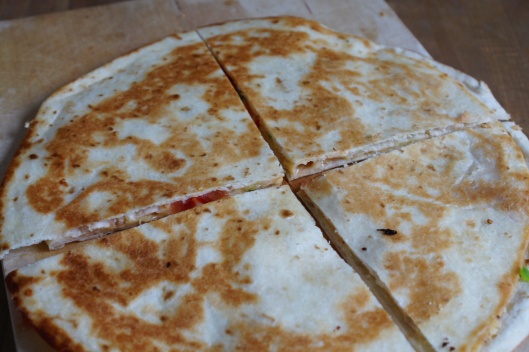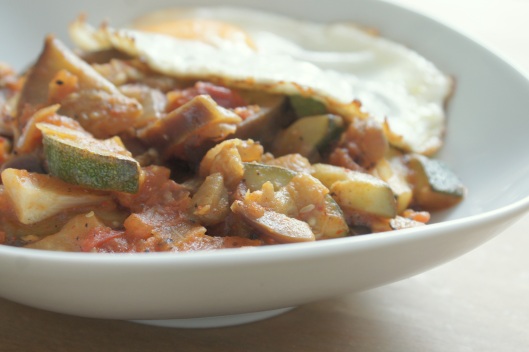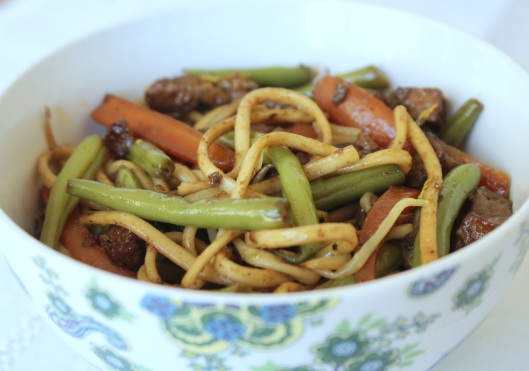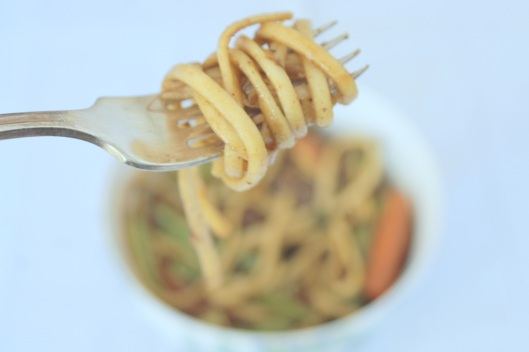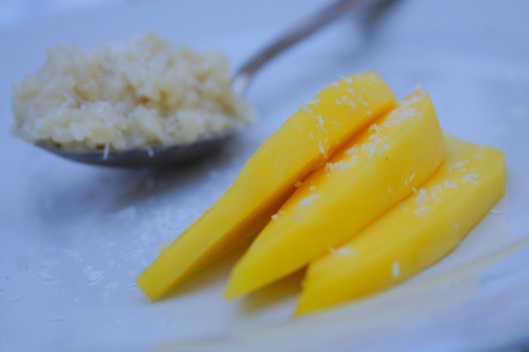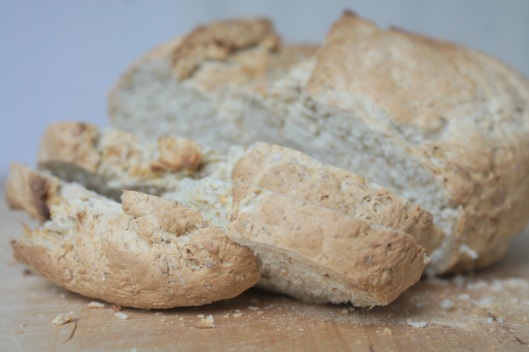I have eaten lemon meringue pie in several places, thinking where did I have the best one. I got the choice narrowed down to 3 places; the little cosy local pub in Leith, Edinburgh, the stepping-back-in-time restaurant in a small coastal town in False Bay close to Cape Town and the famous coffee and tea institution Bewley’s, settled on Dublin’s most busiest shopping street. Which one had the crispiest, thinnest pie crust, the most silky, smooth lemon custard and the most fluffy, soft white meringue? The pie in Leith was delicious however wasn’t the crust a bit too crumbly and the slice a tad on the small side? The pie in Dublin was wonderful but was it really baked that same day and couldn’t the meringue layer have been a bit thicker? Then the one in False Bay. Well, it was absolutely stunning looking, the layers were perfect and it was still a bit warm so definitely baked that morning. The custard was lemony and silky and the meringue thick and fluffy and sweet enough the balance out the acidity from the lemons….Folks, I do think we have a winner!
Buy hey, we can’t wait to have a slice until we head down to South Africa next time, so here is my recipe to try out meanwhile! Don’t let all the steps put you off, if you just take your time and stay focused it’s really not very difficult to make. And the result is amazing! I had a few people trying it out and only got big smiles back!
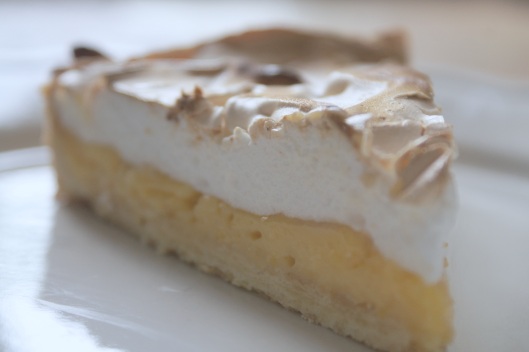

8-10 pieces
Pastry
175g all-purpose flour
1 tbsp icing sugar
100g cold butter
1 egg yolk
1 tbsp water
Filling
2 level cornflour (maizena, dissolved in a bit of water)
100g caster sugar
2 lemons, finely grated (zest)
125ml fresh lemon juice (from 2-3 lemons)
100 ml fresh orange juice (from 1 orange) + 100 ml water
85g butter, cut into pieces
3 egg yolks + 1 whole egg
Meringue
4 egg whites
200g caster sugar
In total you need 5 eggs. 4 should be seperated where the whites are used for the meringue. One yolk is used in the pastry and the other 3 in the custard together with one whole egg. They should all be at room temerature.
Heat the oven to 200°C.
For the pastry, add the flour and icing sugar to a bowl. Cut the butter in small squares. Rub butter into the flour using your fingers until it resembles fine breadcrumbs. Add the egg yolk and water. Mix until you get a firm ball. Wrap the ball in plastic and let it rest in the fridge for 30 minutes.
When rested, roll the pastry on a floured surface to a large round (large plate size). Place the pastry in a quiche dish (22 cm in diameter). Gently press the pastry down around the edges. Prick the base with a fork. Blind-bake the pastry shell (put a baking sheet filled with dry beans in the shell) for 15 mins, then remove the sheet and beans and bake a further 5-8 mins until the pastry is pale golden and cooked. Set aside.
Lower the oven to 180°C.
While the pastry bakes, prepare the filling: mix the cornflour (maizena with some water), sugar and lemon zest in a saucepan. Stir in the lemon juice and the orange juice with the water gradually. Cook over a medium heat, stirring constantly, until thickened and smooth. Once the mixture bubbles, remove from the heat and beat in the butter until melted. Beat the egg yolks (save the whites for the meringue) and whole egg together. Stir the eggs into the pan and return to a medium heat. Keep stirring for a few minutes, until the mixture thickens (it should look like thick custard). Take off the heat and set aside while you make the meringue.
Put the egg whites in a large, clean, fat-free, bowl. Whisk to soft peaks, then gradually add the sugar. Keep whisking until glossy white and thick.
Pour the custard filling into the pastry shell. Add the meringue in spoonfuls, starting around the edges working your way in towards the middle. Give it all a careful swirl with the spoon, creating small peaks. Return to the oven for 18-20 mins until the meringue is crisp and slightly coloured. Let the pie rest 1⁄2-1 hr before slicing. When completely cooled, keep in the fridge. It’s best eaten the same day it’s been made.



